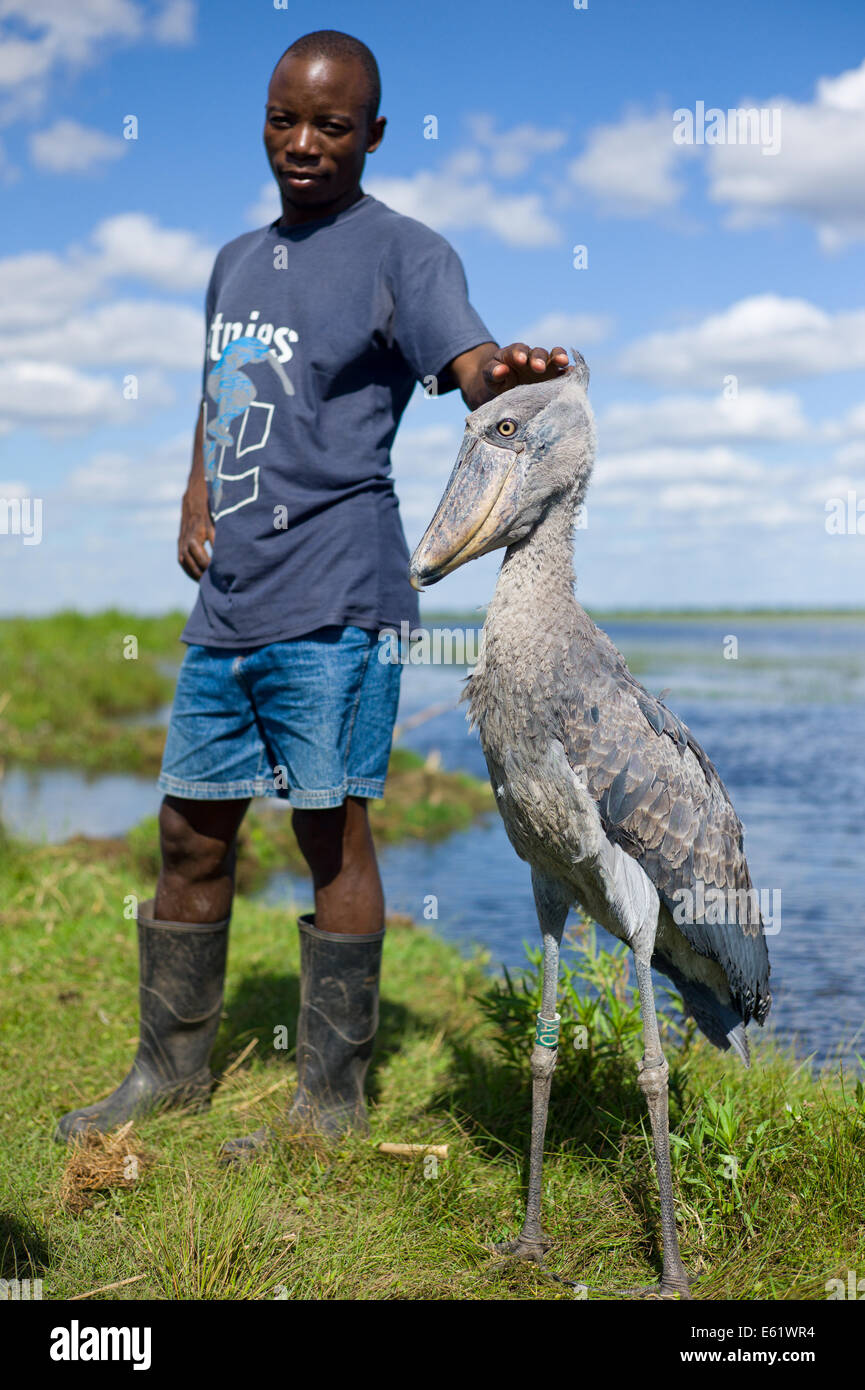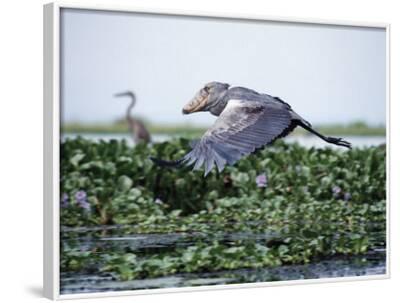


As a result, in Bangweulu Wetlands, the southernmost range for shoebills, only a few hundred individuals exist.

Listed as Vulnerable on the IUCN Red List, their numbers are under continuous decline due to their slow breeding habits exacerbated by the illegal pet trade which targets their eggs and chicks, as well as hunting, nest disturbance and overall habitat loss. Today, there are no more than 8,000 birds left in the wild. Known for their odd appearance, shoebills face myriad threats across their range in tropical central-eastern Africa, from South Sudan to Zambia. Not only does this unique and exceptional area provide a haven for wildlife, but it’s an ideal habitat for a rich diversity of birdlife, including the shoebill ( Balaeniceps rex). Our team in Bangweulu has launched a one-of-kind project – including rallying a little help from some Muppet friends - to ensure we don’t lose Bangweulu’s iconic shoebill.īangweulu Wetlands is made up of seasonal floodplains and swamplands dominated by extensive stands of papyrus, floating grasses and reeds, all creating a lush 6,000km2 wetland landscape. But with growing pressure on their survival, this species has required a carefully thought-out and innovative approach to saving its kind. The plan received input from among others, BirdLife partner NGOs in four countries and staff from the BirdLife Africa Partnership Secretariat.Bangweulu Wetlands in Zambia, is home to one of Africa’s most unique birds, the shoebill. Its compilation commenced with a workshop in October 2012 in Entebbe, Uganda, hosted by the Ministry of Tourism, Wildlife and Antiquities of Uganda, which was attended by government representatives and species experts from the key Range States of the Shoebill. Research to fill the key knowledge gaps is also planned.ĭevelopment of this plan was commissioned by the UNEP/AEWA Secretariat to Nature Uganda (BirdLife in Uganda) and financially supported by the Swiss Federal Office for the Environment (FOEN). Furthermore, significant knowledge gaps remain about the Shoebill, including current information on numbers and trends at different sites, movements, breeding and foraging requirements, causes and extent of trade.Īmong the actions proposed in the plan include: maintaining trade bans, strengthening surveillance and raising awareness, especially with respect to fire restricting livestock from core breeding areas conducting proper EIA for oil and other developments developing management plans for Shoebill areas and promoting sustainable wetland-based community enterprises that make communities benefit from Shoebills and their habitats, notably ecotourism initiatives. Shoebills are also threatened by illegal live bird trade, with high mortality during capture, transit and captivity. Oil exploration in the Sudd (South Sudan) and agricultural developments in Gambella (Ethiopia) also have huge impacts on the species’ habitat. Its breeding success is largely impacted by anthropogenic (human impact on the environment) factors such as disturbance by livestock and people, destruction of nests and breeding areas by fire, and habitat conversion and degradation. It is resident in South Sudan, western Ethiopia, Uganda, Rwanda, eastern Democratic Republic of the Congo, western Tanzania and northern Zambia, with records also from Central African Republic, Burundi and Kenya. The Shoebill occurs from South Sudan and Ethiopia in the north to northern Zambia in the south. As the Shoebill has clearly been in decline in several areas, it is listed as Vulnerable in the IUCN Red List. It has a fragmented distribution bound to this habitat and a low population, estimated at 5,000 – 8,000 birds. It prefers large freshwater swamps of grasses, reeds and papyrus, and thus has been fondly referred to some as “king of the marshes”. The Shoebill is a large unique waterbird confined to a rather restricted set of generally extensive freshwater swamps of eastern central tropical Africa.


 0 kommentar(er)
0 kommentar(er)
